Spectrum: How does the lighting wavelength affect plant growth
Spectra and plant growth
Plants need natural sunlight to activate chlorophyll. Chlorophyll produces nutrients in plant vegetation through photosynthesis. After millions of years of growth and development, the biochemistry in leaves has evolved to use different parts of the spectrum for different purposes. the goal of. It is not necessary to deconstruct natural sunlight in order to allow plants to grow, but when plants are cultivated in indoor planting facilities that do not use natural sunlight, growers will match the spectrum of the facility to produce higher quality and higher yield crops with a plant-specific spectrum Demand for artificial LED growth lighting system.
Just like the observed rainbow, the spectrum of visible light ranges from red and orange to deeper blue and purple tones. The spectrum is measured as electromagnetic radiation with a wavelength between approximately 450 and 730 nanometers (nm). Some plant species are also adapted to use light slightly beyond the visible range and infrared and ultraviolet electromagnetic radiation bands, but these plants are usually not grown in large numbers.
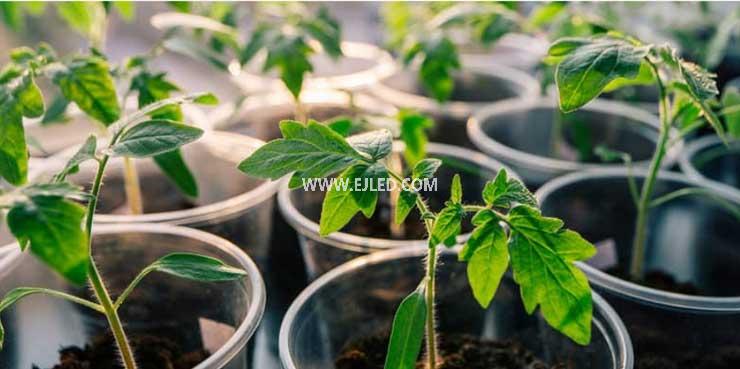
Spectral
botanists who optimize horticultural light have an in-depth understanding of how plants use different spectral components during their growth cycle. The following generalization applies to most plants:
During the germination stage of plants, blue light is essential. A stronger blue light concentration will promote the germination and development of strong roots.
Violet light or violet light has a shorter wavelength and higher energy, and is considered to be an effective auxiliary light source to promote the growth and development of leafy plants.
Green light is usually reflected from plants (this is why they appear green), but plants absorb a small amount of green light throughout the process of photosynthesis.
Yellow light and white light have the least impact on plant growth.
Red light affects plant growth in many ways, including during flowering and flowering stages. Certain specific red wavelengths increase the production of hormones in plant vegetation, thereby preventing the decomposition of chlorophyll. With more chlorophyll, plants will produce more nutrients, grow taller, and have more vegetation.
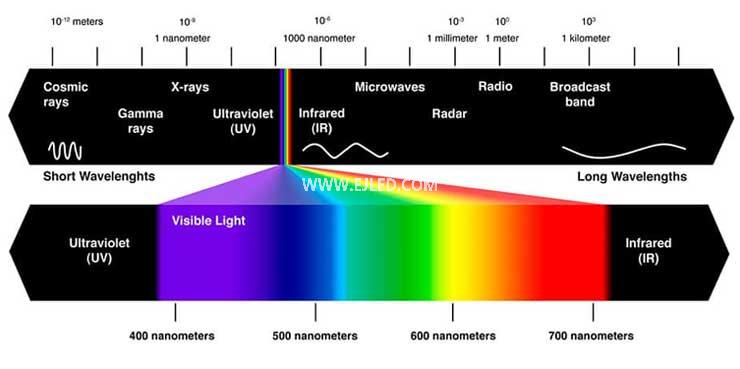
The important role of LED plant growth lights is to simulate sunlight and provide the heat and spectrum required for the healthy growth of plants.
Sunlight is composed of many light wavelengths and color ranges, such as purple, orange, green, red, and blue. In plant development, each color has a specific role. Therefore, even if we grow plants indoors, only when the plants receive the spectrum of all colors including normal sunlight can they grow healthily.
Due to the introduction of LED growth lights, indoor planting is easier, they contain various ribbons needed for growth and plant growth in the sun.
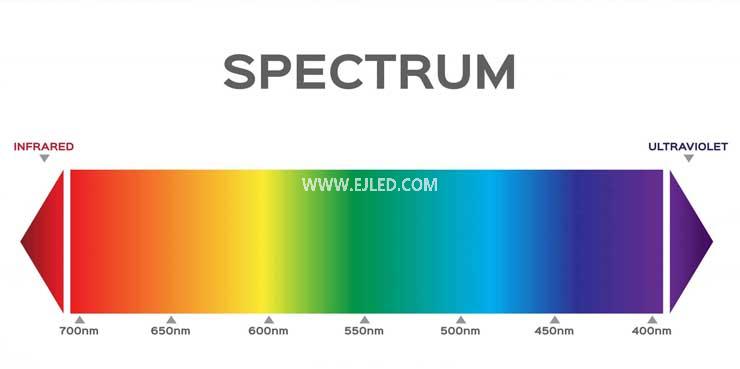
The best spectrum
of cannabis. With the trend of approving medical and recreational cannabis in various regions abroad and domestic approval of industrial cannabis, a lot of research has been conducted on how the spectrum of light affects the growth of cannabis plants. Like many green plants, hemp contains two forms of chlorophyll A and B. Each form responds differently to different wavelengths of light in the spectrum. As cannabis growers better understand how different parts of the spectrum affect their crops and strains, they will need advanced lighting systems for cannabis cultivation facilities that will enable them to customize and specify the spectrum for better plant growth.
EnjoyLED takes this kind of control further through spectroscopy technology. This technology allows growers to adjust the relative concentration of different spectral components to match the precise lighting needs of each stage of the plant's growth cycle. Cannabis cultivation easily illustrates how this might work and the spectral combinations that growers might use.
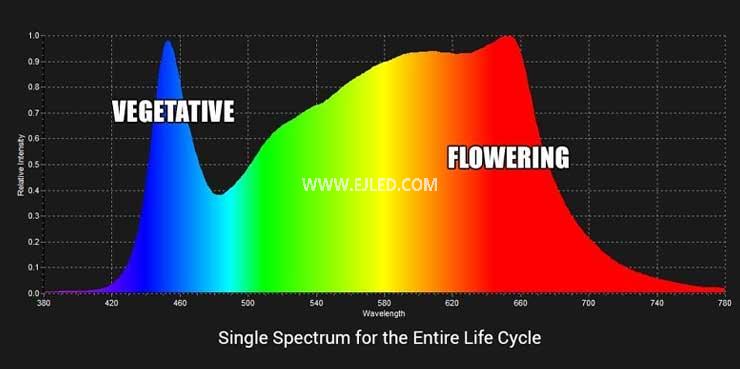
The grower initially hoped that hemp plants would establish a strong root structure during the germination and seedling stages. This root structure can be enhanced by different ratios of red and far-red light with wavelengths of 660 nanometers and 730 nanometers.
Using more far-red light, the cannabis plant will grow taller and have fewer leaf nodes. This plant actually needs more red light than far red light, and it has evolved to grow taller through natural processes in order to get a share of red light when it grows in crowded fields of other plants. These plants also need red light. Light. As the cannabis plant grows, growers can change the relative percentage of red light and far-red light to achieve the best height and leaf ratio.
Cannabis plants (like other plants) also need a day and night cycle to develop properly. LED plant growth light systems are very suitable for duplicating these cycles because they can be turned on and off almost immediately, without the need for a warm-up phase. The cultivator can take these growth photoperiods into account in the spectral changes used throughout the plant life cycle.
As the plant approaches its flowering stage, it will require a higher concentration of light at all wavelengths in the spectrum. Many complex biochemical processes in plants mark budding and flowering, and these processes have different spectral requirements.
When the cannabis plant is in the late flowering stage and is close to harvest, the light in the blue spectrum can be reduced.

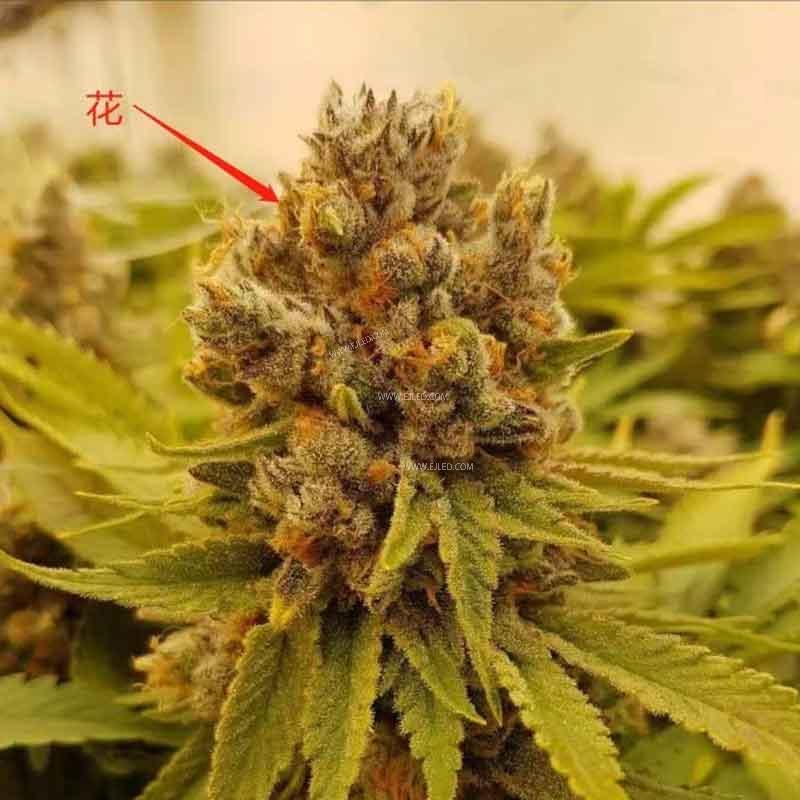
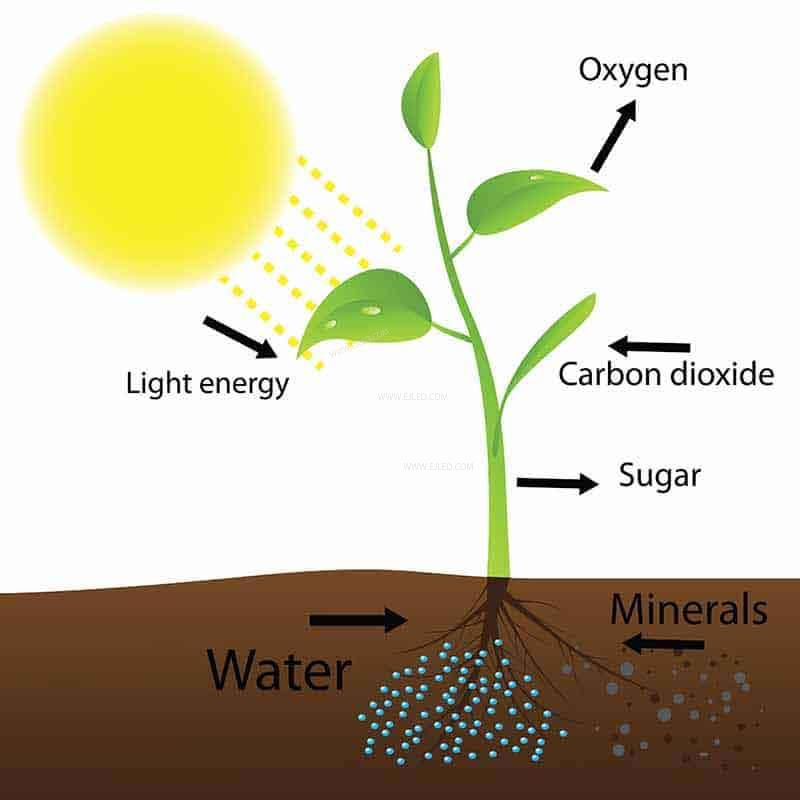

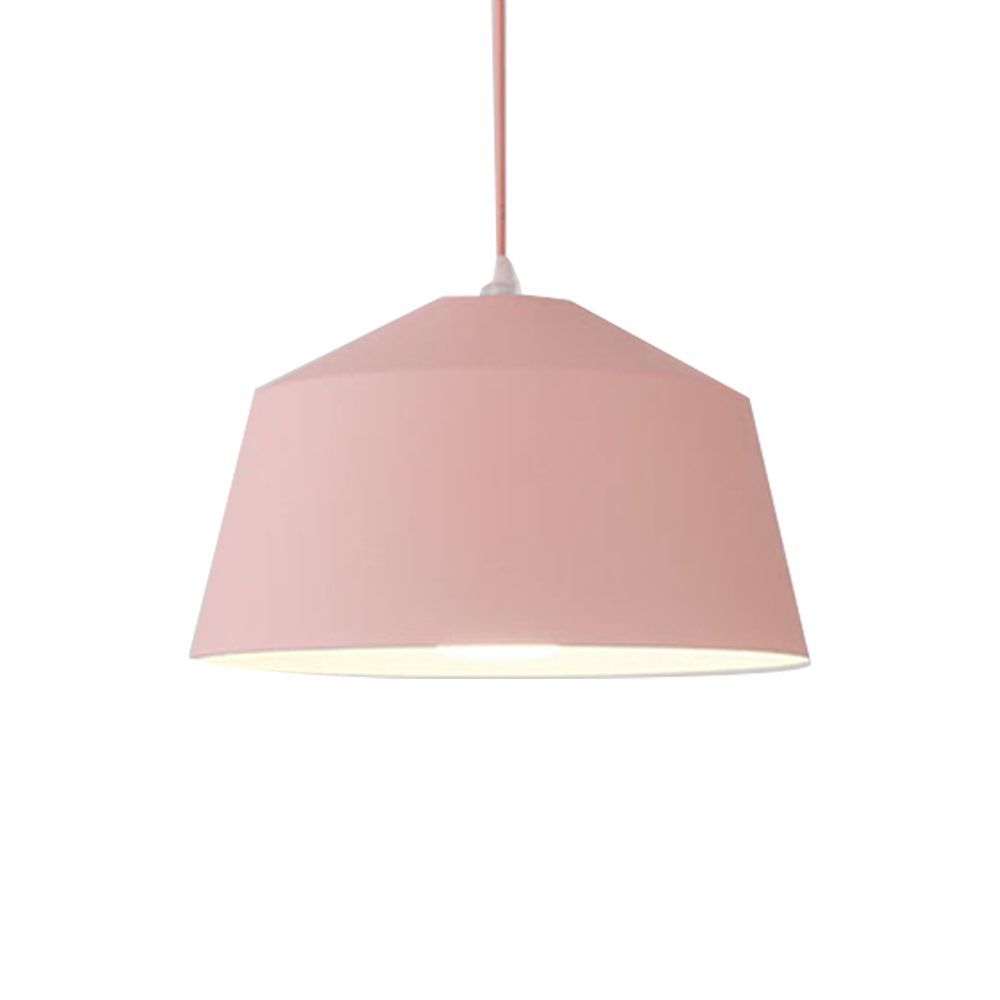
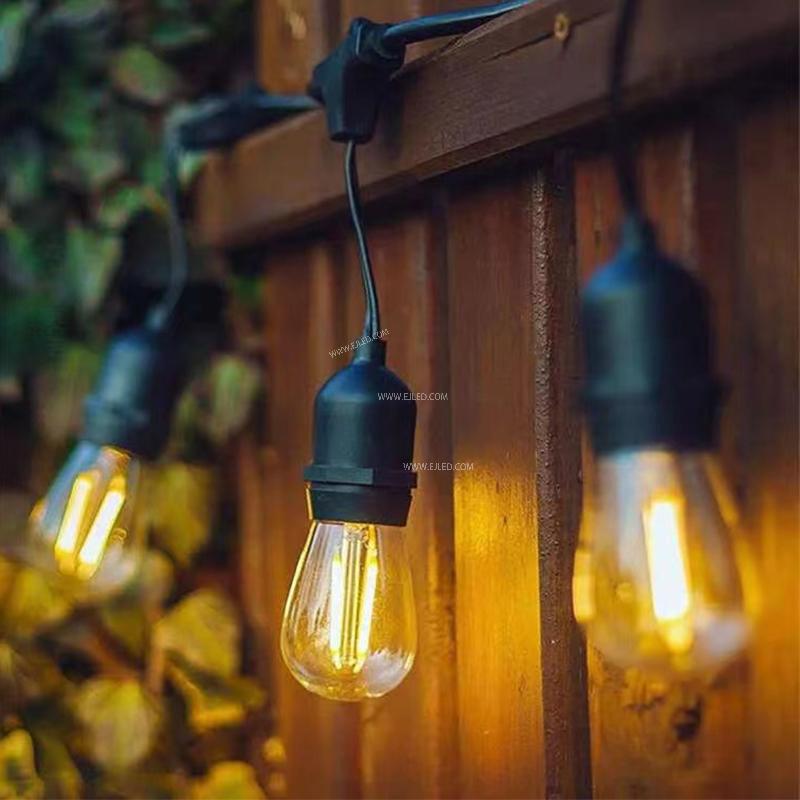







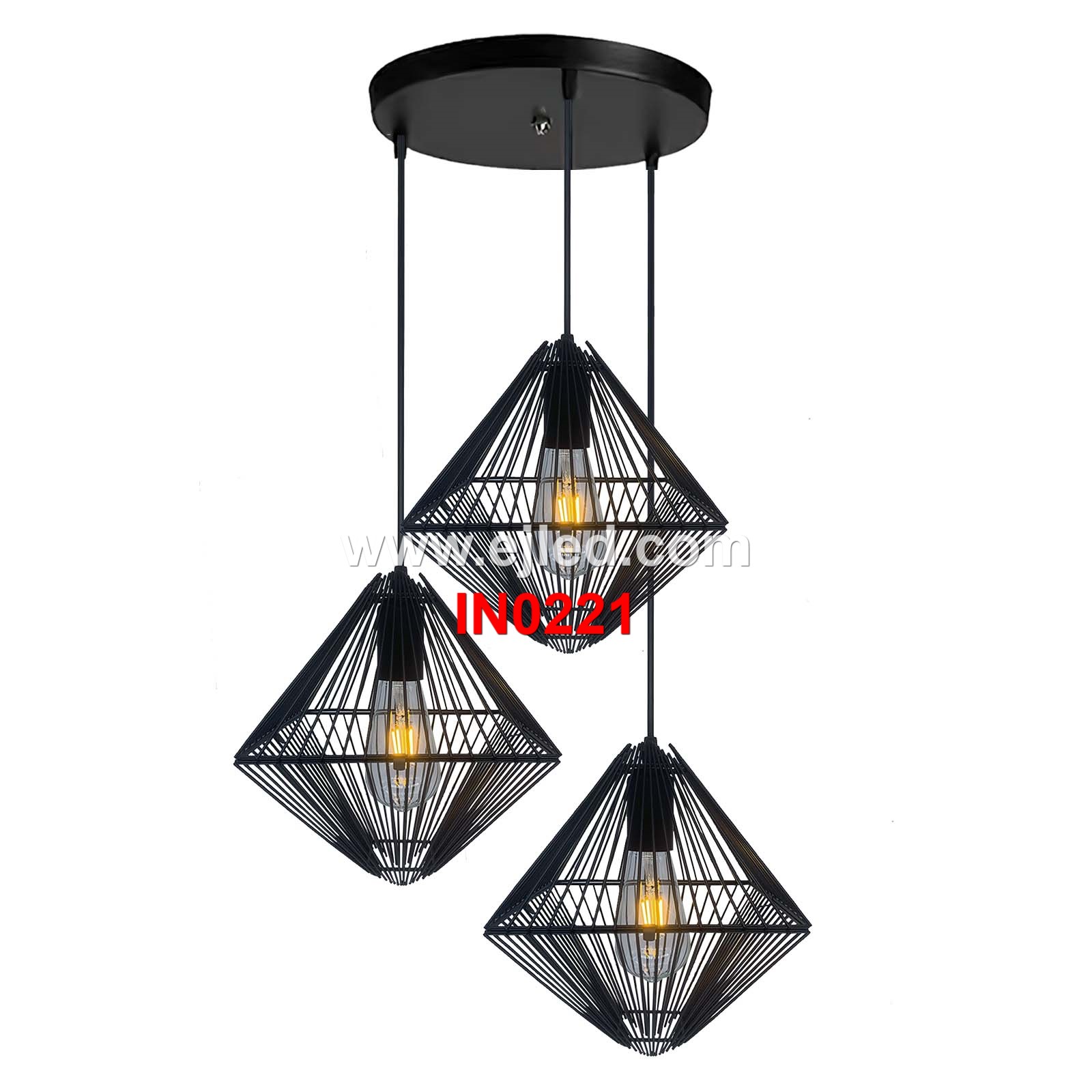
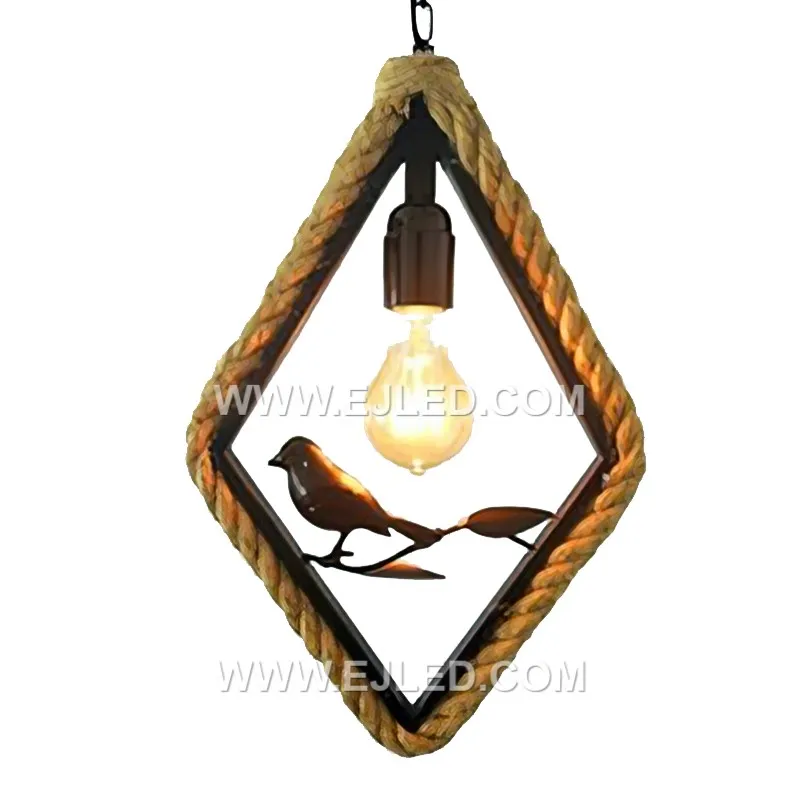
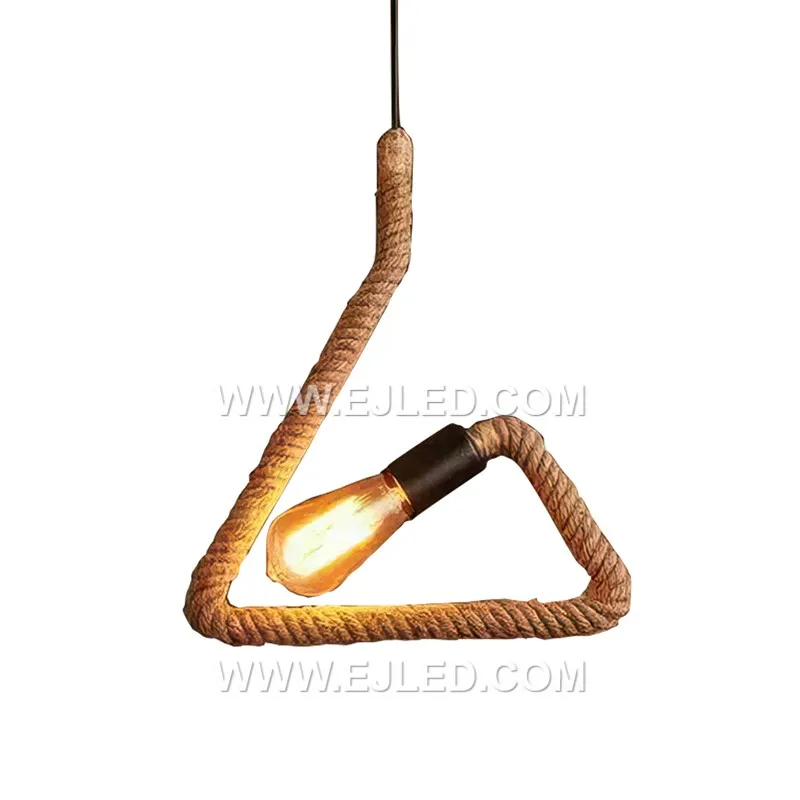
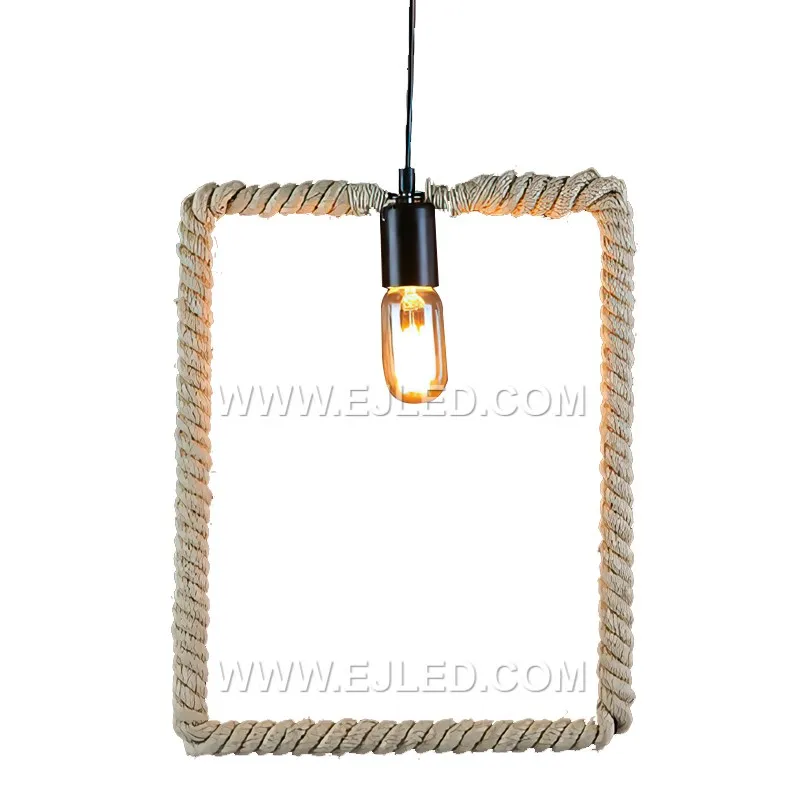
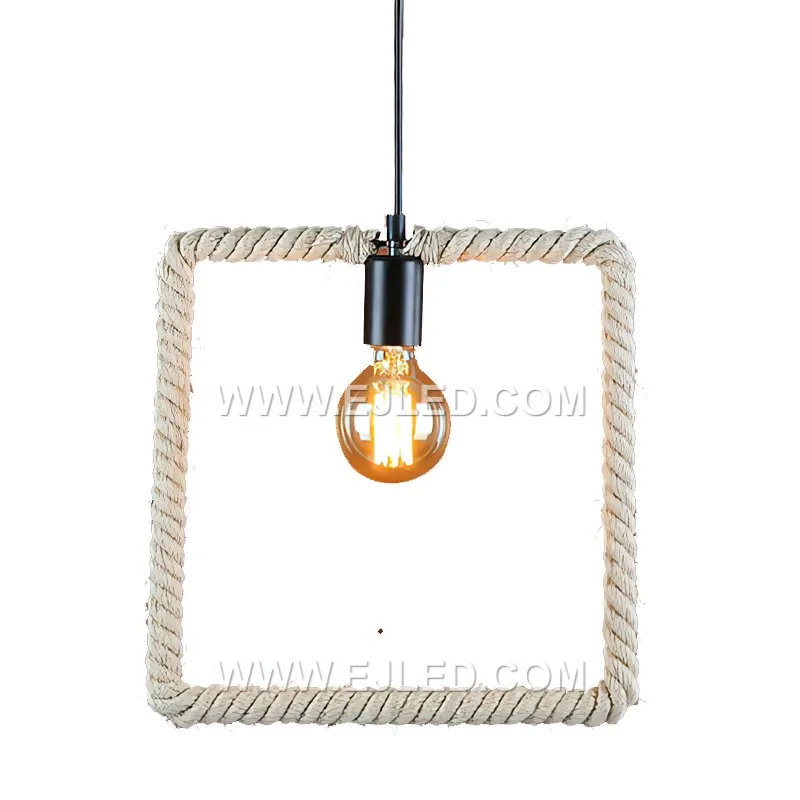
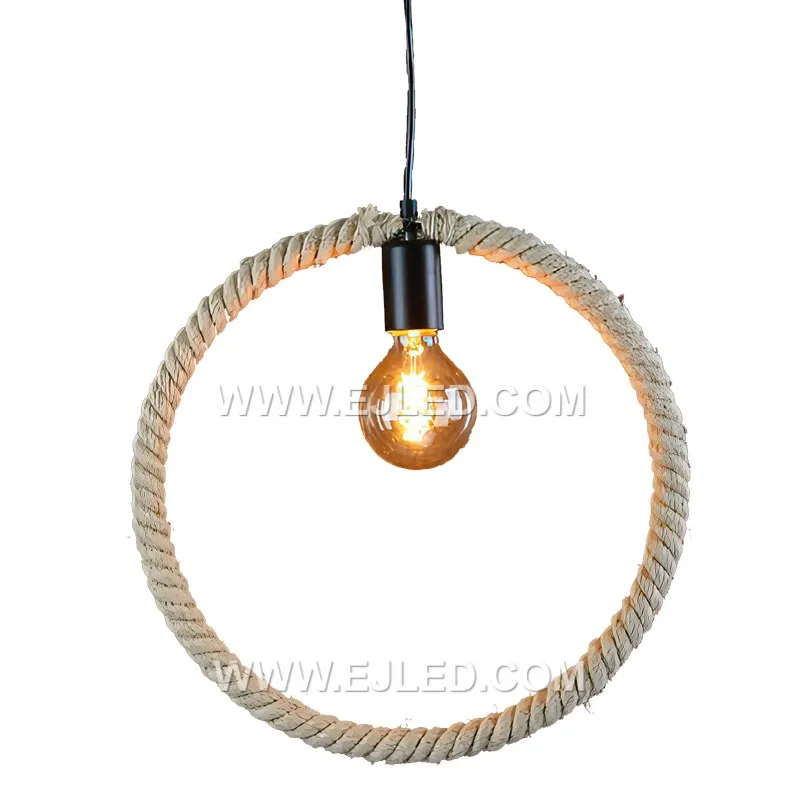
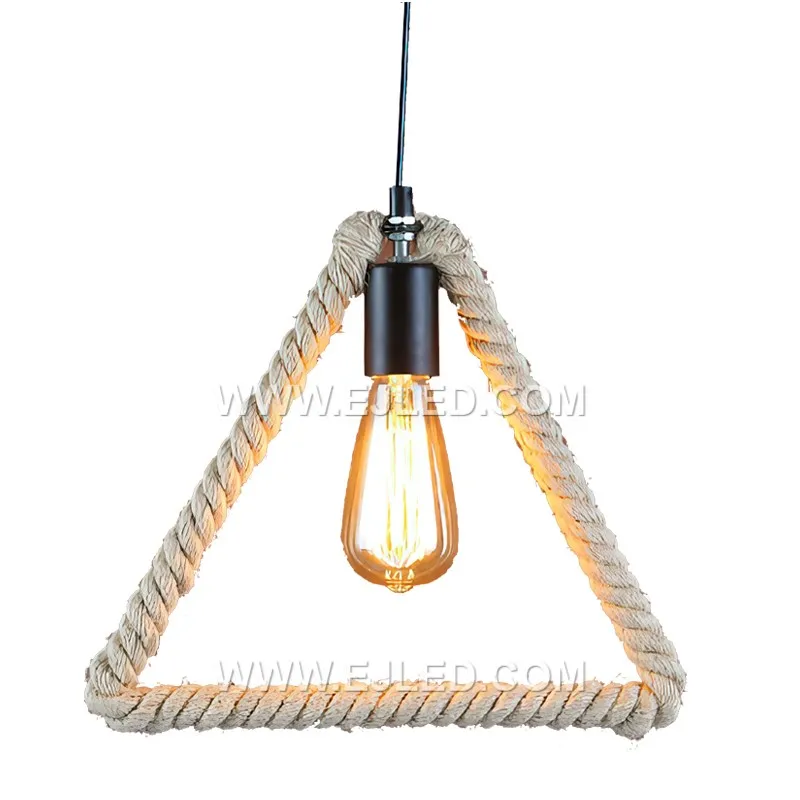
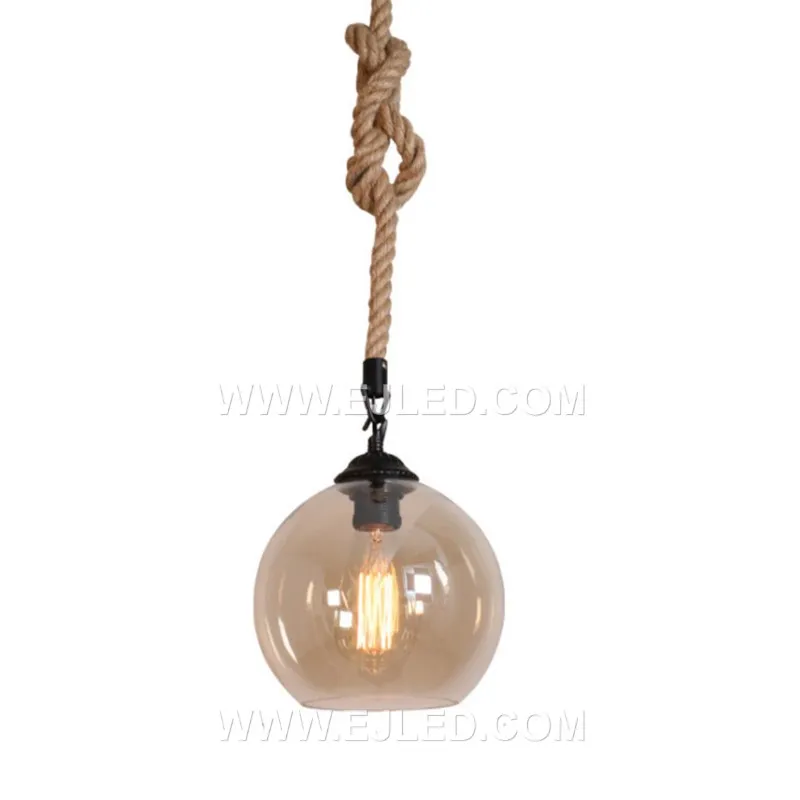
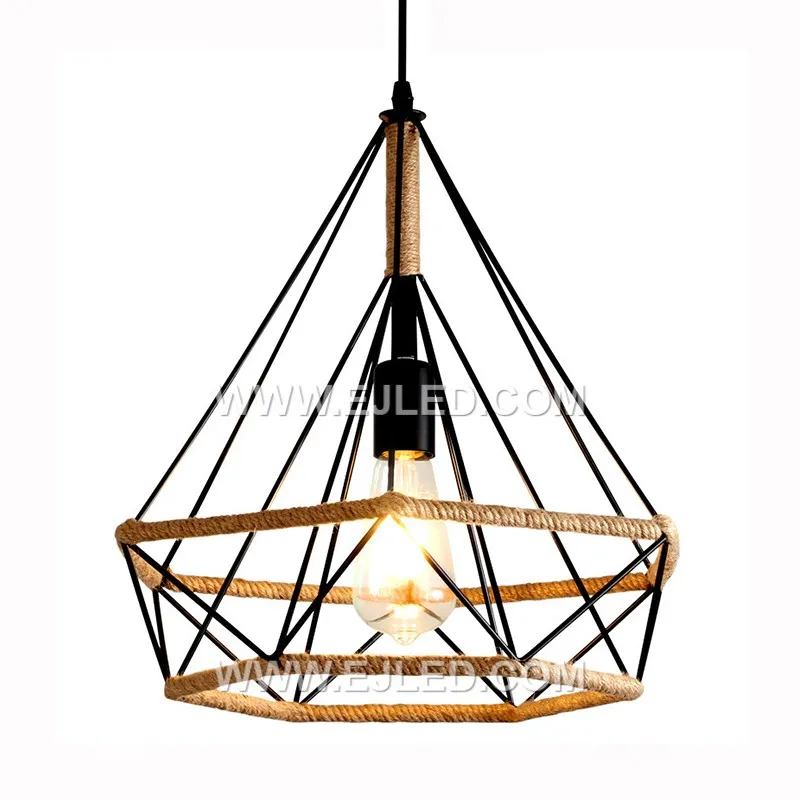
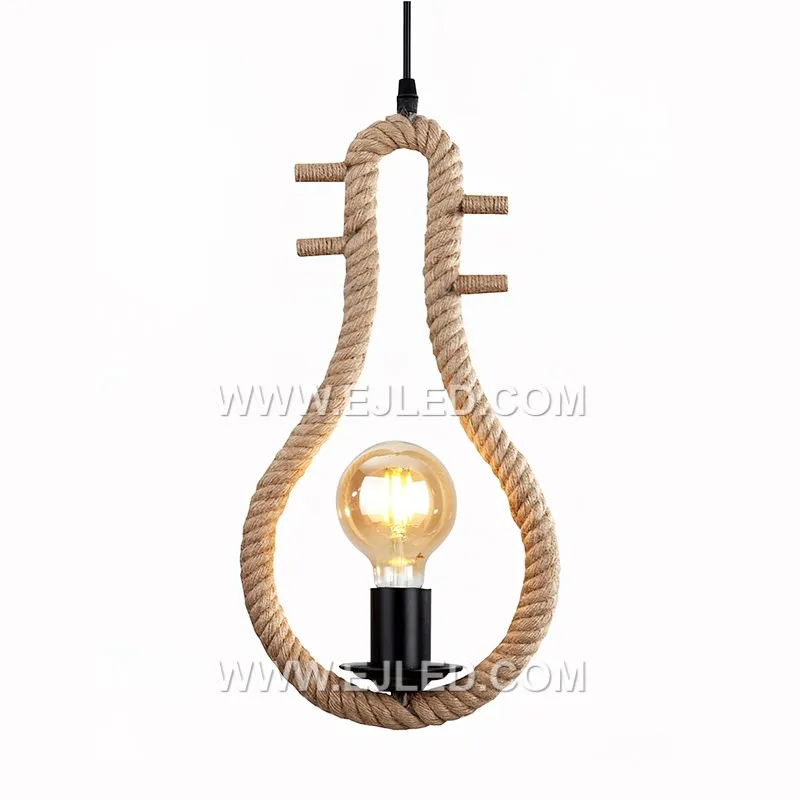
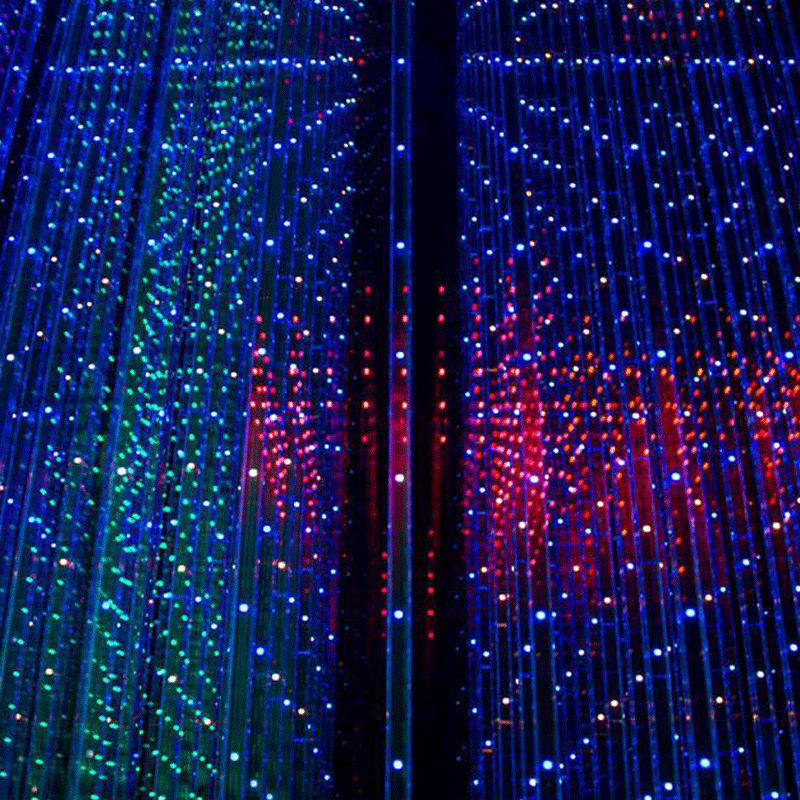
Leave a comment